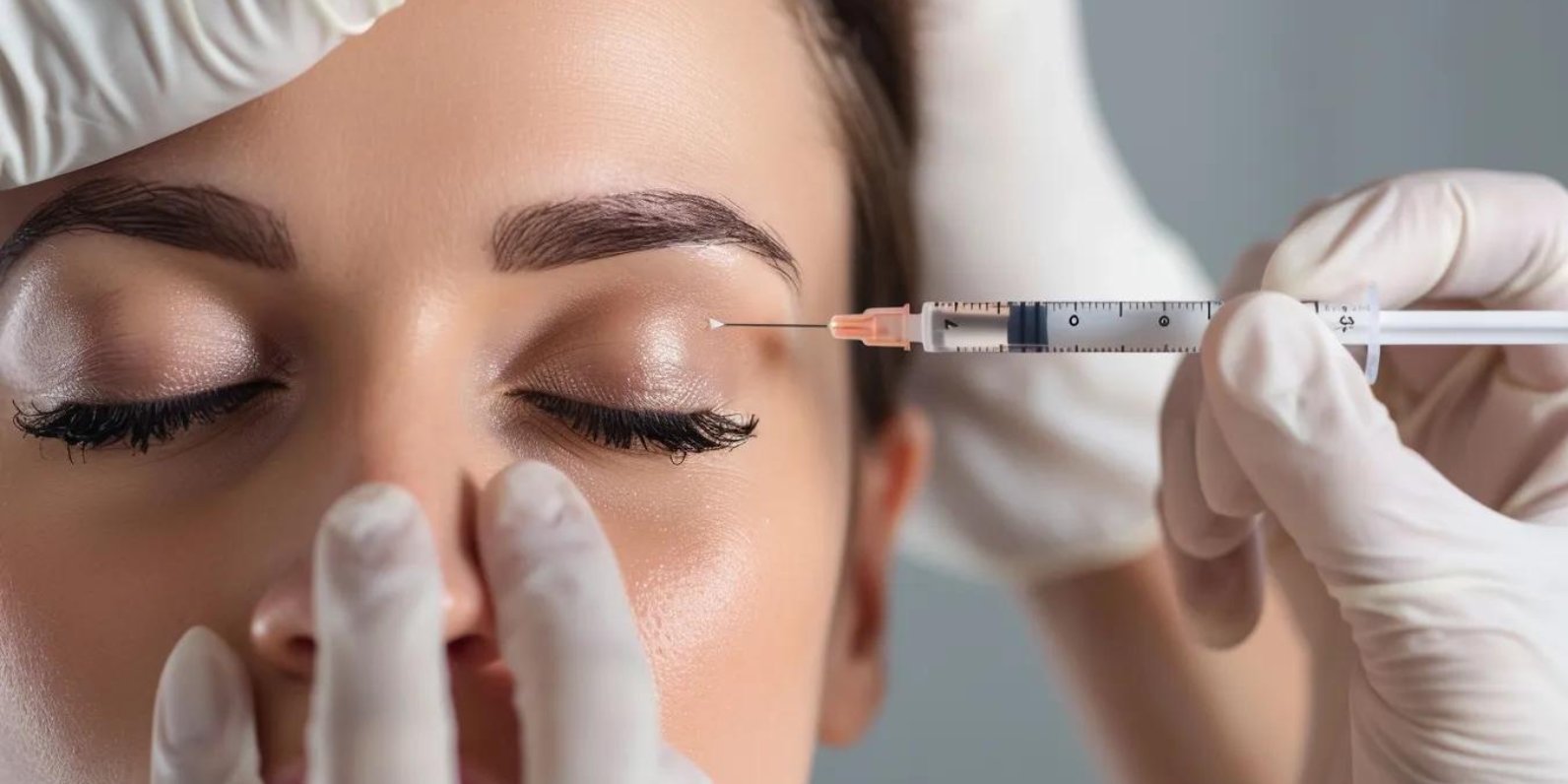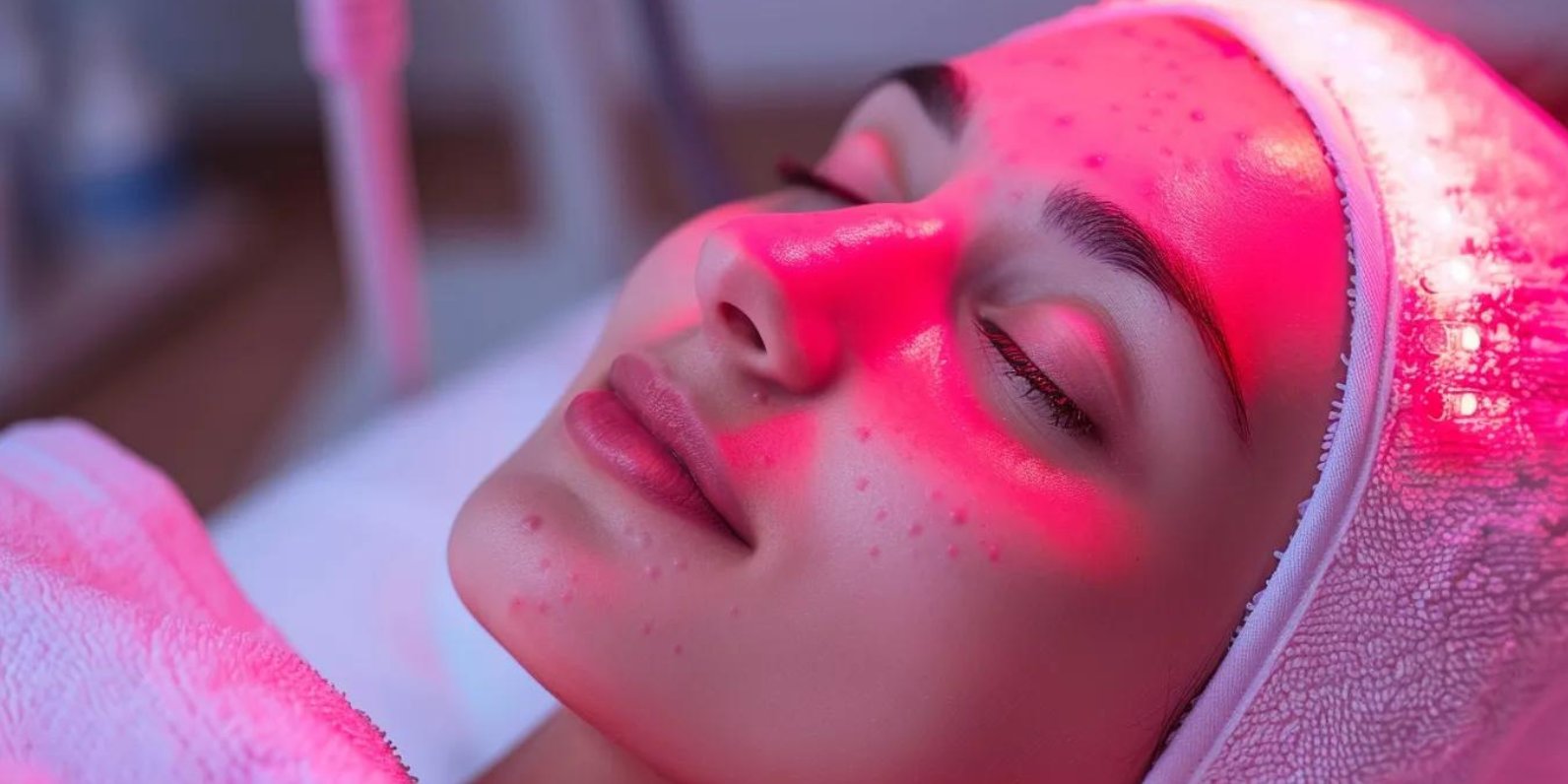How Does Dysport® Work?
Dysport® works using botulinum toxin. When injected into the muscles that cause frown lines, Dysport® stops the nerves from telling the muscles to contract. Nerves use a neurotransmitter called acetylcholine to communicate with muscles, and Dysport® blocks its release so your facial muscles can relax. Without muscle tension, your skin no longer has to hold its creased position, and your frown lines will become smooth and even.
How long does Dysport take to work?
Dysport results usually begin in 2 to 3 days, with full effect in about 7 days. If you’re asking how long until Dysport works or how long before Dysport works, most patients notice smoother lines in 48 to 72 hours. This is faster than Botox, which typically takes 5 to 7 days for visible change.
How Long Does Dysport® Last?
Like other botulinum neurotoxin products, Dysport® usually lasts three to four months. Despite being labeled a neurotoxin, Dysport® does not harm muscles or nerves. When it wears off, the blocked signals will become active again, and your muscles will contract. That means your frown lines will also return, so many people choose to have Dysport® regularly to maintain their results and keep wrinkles from getting worse.
Factors That Influence the Longevity of Dysport
Several factors can affect how long Dysport lasts after treatment.
The dosage plays a significant role. Higher doses often lead to longer-lasting results. However, the right dose varies based on individual needs and the specific area treated.
Individual metabolism also influences longevity. People with faster metabolisms may notice that Dysport wears off more quickly.
Muscle activity is another key factor. The more you use the treated muscles, the sooner the effects may fade. For example, if you have strong facial muscles or make a lot of facial expressions, Dysport might not last as long.
Lastly, lifestyle choices like sun exposure and skincare habits can impact how long Dysport remains effective. Protecting your skin from the sun and following a consistent skincare routine can help maintain results.
Each of these factors plays a role in how long you’ll enjoy the effects of Dysport.
Effectiveness and Clinical Evidence
Dysport has proven effectiveness in reducing wrinkles, particularly in the glabellar lines between the eyebrows.
A clinical study in 2019 showed that over 80% of participants saw significant improvement in their frown lines after Dysport treatment. This effectiveness was noted to last for up to 4 months in many cases.
Dysport’s results tend to appear faster than other neurotoxins, often within 2-3 days. This quick onset makes it a preferred option for those seeking rapid improvement in their appearance.
However, the degree of effectiveness can vary. Factors like muscle strength, skin condition, and adherence to aftercare play a role in how well and how long Dysport works.
These clinical findings support Dysport as a reliable option for those looking to reduce the appearance of wrinkles effectively.
Cost of Dysport
The cost of Dysport varies depending on several factors.
On average, a single session of Dysport treatment can range from $300 to $450. The final price depends on the number of units used, the treatment area, and the clinic’s location.
Larger areas, like the forehead, typically require more units, which increases the cost. Smaller areas, like the space between the eyebrows, might require fewer units, making the treatment less expensive.
The expertise of the injector also plays a role. Highly experienced injectors may charge more, but their skill often leads to better and longer-lasting results.
While Dysport might require more units than Botox due to its dilution, the overall cost difference between the two is usually small.
Before deciding, consider consulting with your injector to get a clear estimate based on your specific needs.
What is Dysport® Treatment Like?
Most people feel only a few small pinches during Dysport® treatment. We use ice as a topical anesthetic and to reduce the possibility of bruising from the injections. Your injections will take as little as five to ten minutes. If you have switched from Botox® to Dysport®, the process will feel familiar. If you are new to wrinkle relaxers, you may be surprised by how little discomfort you feel. While results from Botox® take up to a week to appear, you can enjoy your Dysport® results within a day or two.








